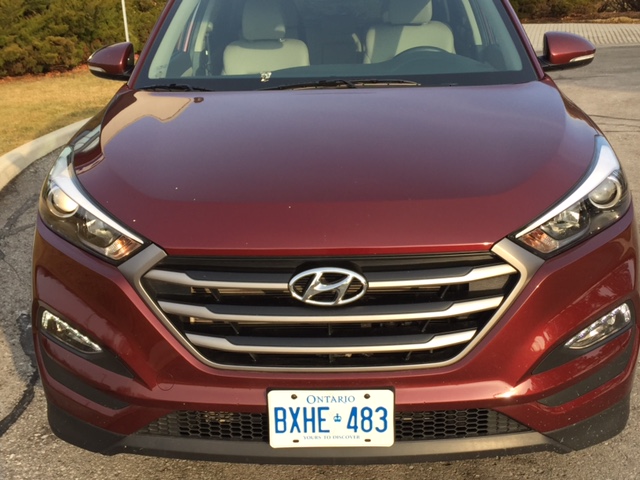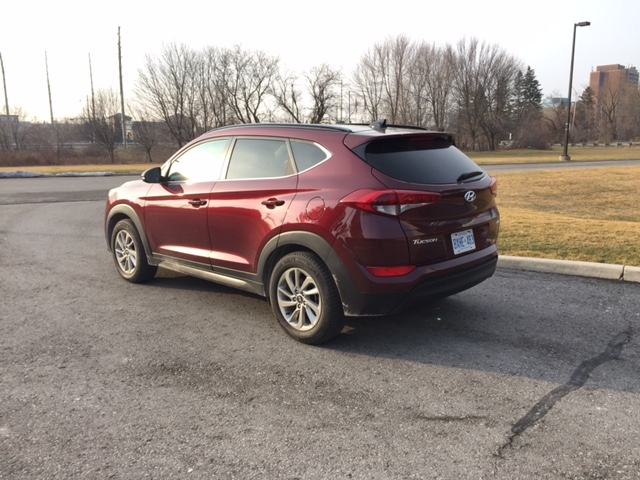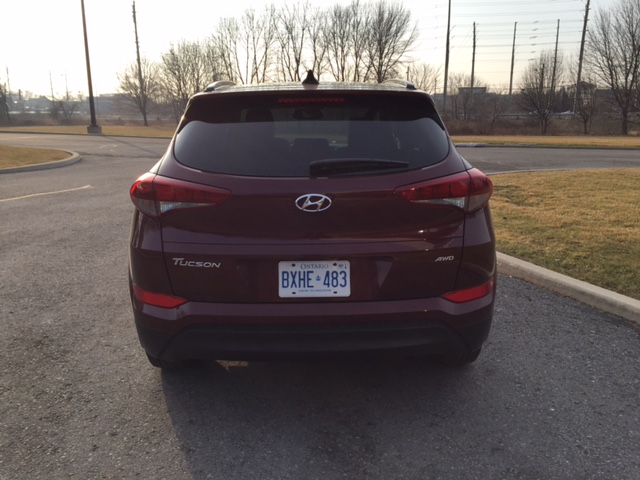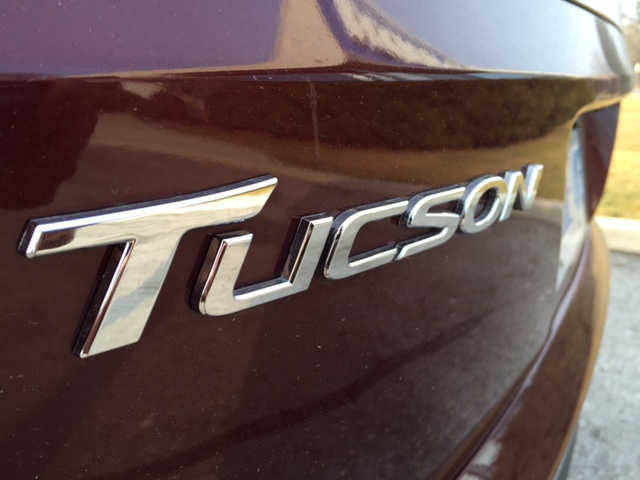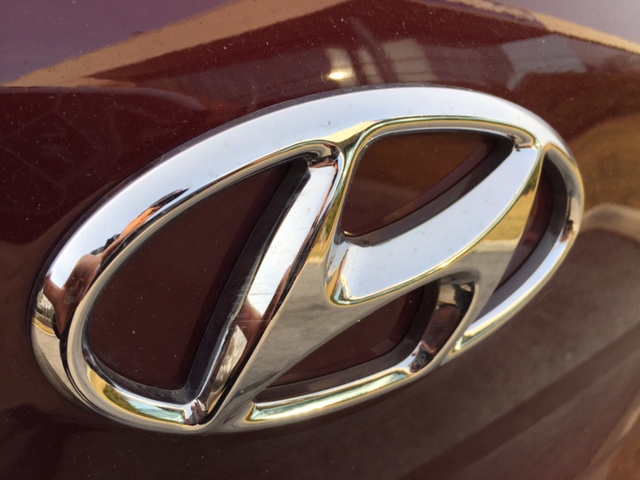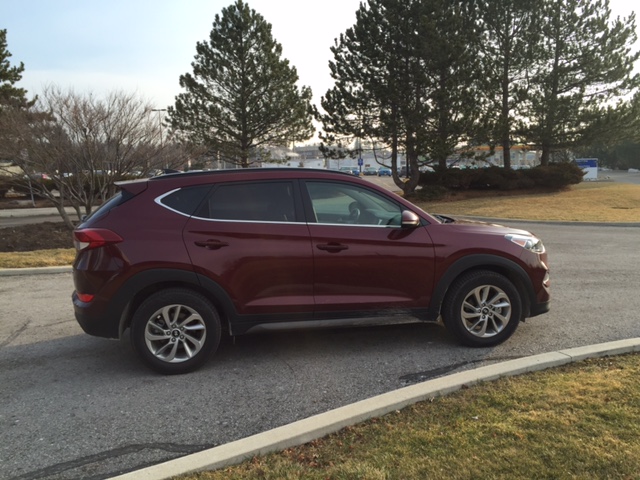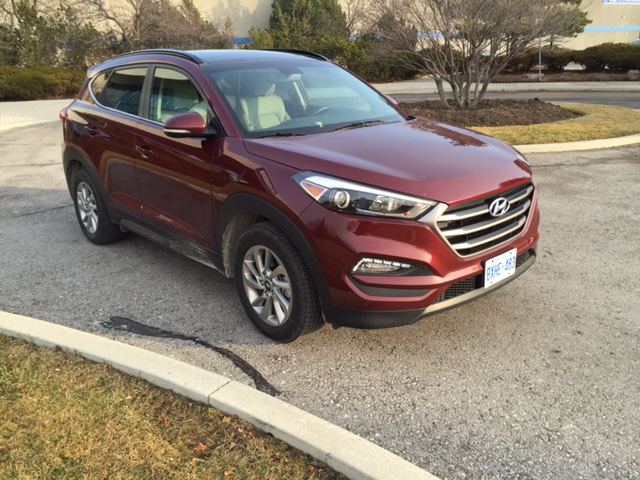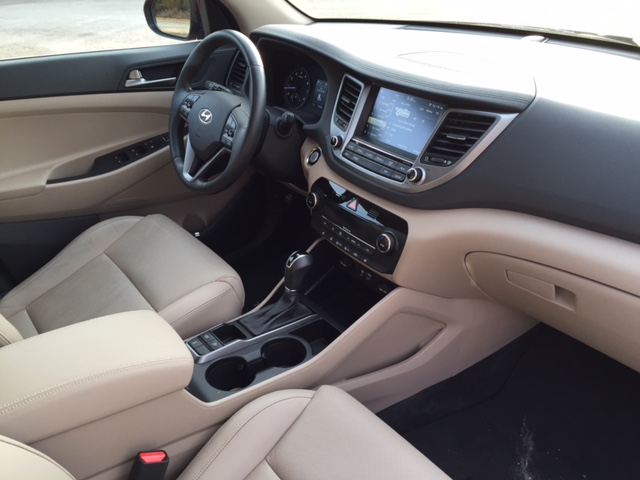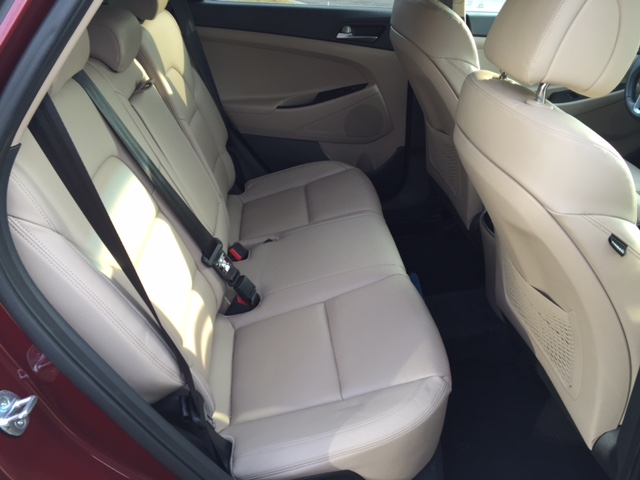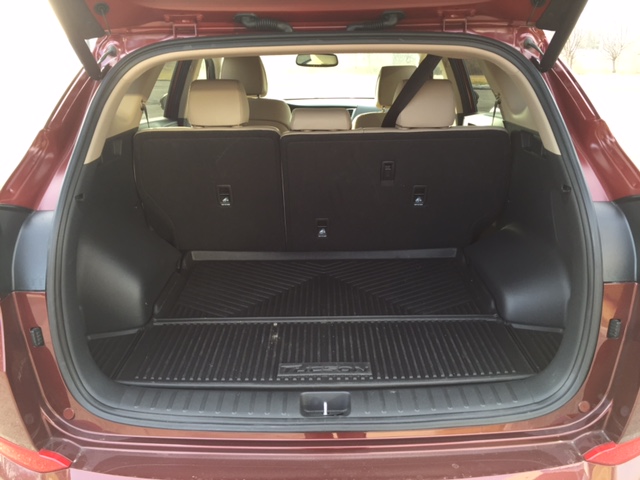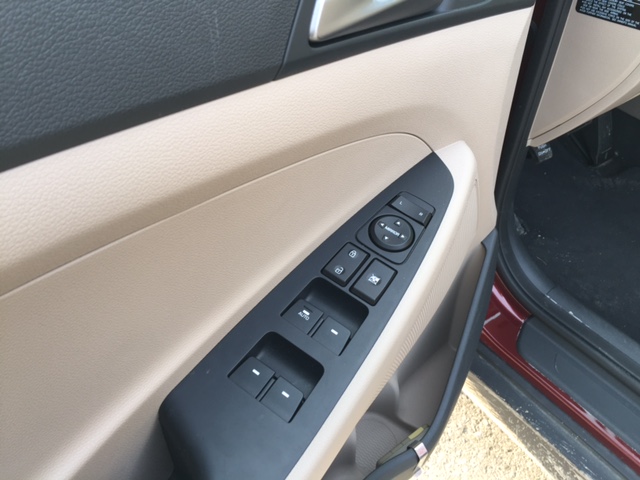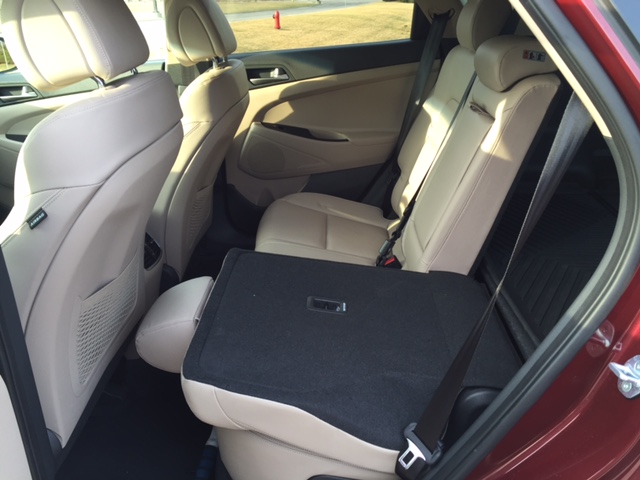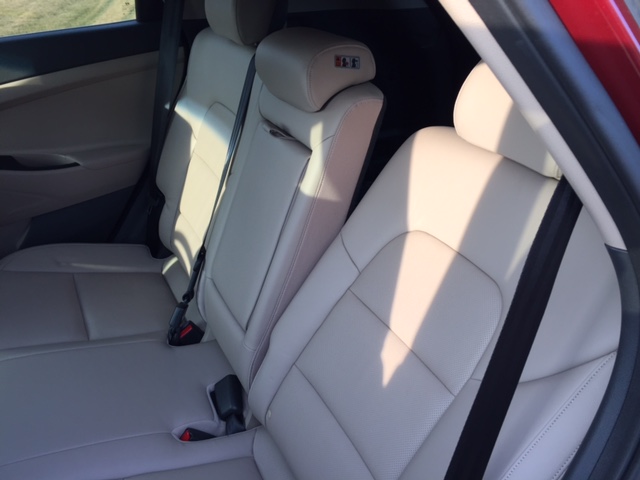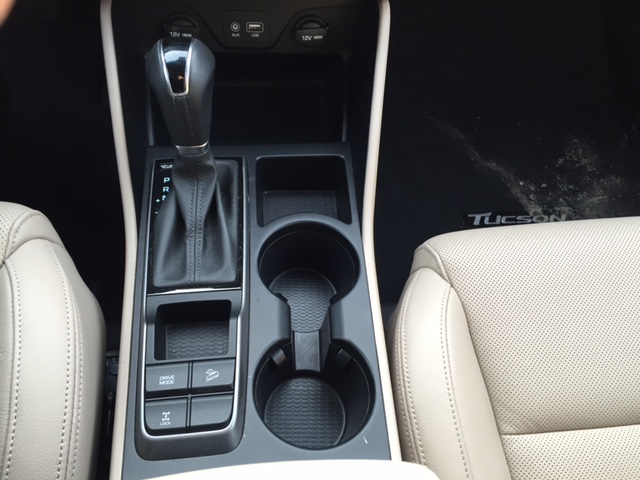Modern Motoring: 2016 Hyundai Tucson
/For fans of the Tucson, Hyundai’s small crossover, Tom Petty’s “The Waiting” is a good anthem over the past couple of years while anticipating the next generation’s offering.
It’s been six years since the last full refresh, and in that time there have been new offerings from nearly all their competitors. But then again, there’s that whole “patience is a virtue” thing along with “everything worth having is worth waiting for” and as Guns N’ Roses said, “All we need is just a little patience.”
But enough about the past. For 2016, Hyundai gives us an all new, fully redesigned Tucson that’s aimed at young families and to hopefully cut into the Rav4’s, CR-V’s CX-5’s, etc. And after a week behind the wheel of the 2.0 Luxury trim, they’re certainly on the right track.
Appearance wise, the Tucson looks absolutely beautiful, handsome and sporty. There are well defined lines, an athletic appearance, standard LED accents and LED running lights, available LED tail lights, standard 17” wheels (19” wheels are available on higher trims) and an overall attractiveness that’s BMW-esque. Also, there’s a slightly aggressive stance to the Tucson…kinda like a runner in the starting blocks before a race. It’s not an obvious stance. Rather, it’s oh so subtly done and adds that sporty touch. Basically, it’s a smaller version of the already good looking Santa Fe.
Lifting the hood will produce one of two options:
- 2.0L, GDI four-cylinder engine producing 164 horsepower and 151 lb-ft. of torque
- 1.6L turbo GDI four-cylinder engine with 175 horsepower and 195 lb-ft. of torque
Both engines come with a six-speed automatic transmission.
Interestingly, both engines operate on regular gasoline opposed to the usual higher octane for turbo engines.
Hyundai said that because there was such little interest in the six-speed manual gearbox from the previous generation, they’ve done away with the three-pedal shuffle dance moves for 2016.
For a manual enthusiast, it’s not the best news out there since there are still SUV/CUV’s that offer a DIY gearbox. From a practical standpoint of young families being the leading candidate for this vehicle, the practicality aspect sets in of not rowing gears through a congested urban atmosphere.
The 2.0L tester moved me well through a week of city and rural driving with adequate power to get me on the highways and through north Milton’s beautiful back roads.
Handling and driving dynamics are quite good on the Tucson and road feel is responsive.
While there’s a good amount of pep in the 2.0L, I imagine that the smaller-yet-mightier 1.6L engine would’ve been a treat to drive. For those of you who want a bit more heft beneath your right foot, the 1.6L engine should give you what you want. Front wheel and all-wheel drive options are there on the 2.0L while the 1.6L turbo engine offers only all-wheel drive.
|
Fuel Economy |
2.0L |
1.6L |
|
2.0 FWD City/Hwy/Combined |
10.1/7.6/9.0 |
10.1/7.6/9.0 |
|
2.0 AWD City/Hwy/Combined |
11.0/9.0/10.1 |
11.0/9.0/10.1 |
|
1.6T AWD City/Hwy/Combined |
9.9/8.4/9.2 |
9.9/8.4/9.2 |
In typical Hyundai fashion, Sport, Normal and Eco drive options are driver selected. If you don’t want to fork out the extra cash for the 1.6L engine, pop it in Sport mode for the next best thing. Eco is a bit sluggish, but then again, you’re trying to save fuel which means a few extra seconds from a dead stop to the speed limit.
Inside sees some hard and soft touch plastic materials offset by an otherwise well designed interior with very comfortable, supportive heated seats (standard), and available leather ventilated seats. Higher trims offer heated rear seats to keep your back seat drivers' backsides warm.
A five inch touchscreen display is standard, and higher trims (2.0 Luxury, 1.6 Limited and Ultimate) see an eight inch centre infotainment system, which is very easy to use and intuitive.
There’s no complicated route to get what you want out of the infotainment system…everything is strategically laid out and it’s one of the better ones on the market.
A backup camera is standard on all models, as is Bluetooth, tilt and telescopic steering, reclining rear seats and a few other goodies.
The list of options as you climb the trim ladder offer a huge panoramic sunroof, heated steering wheel, an eight-speaker premium audio system, dual climate controls, safety features (blind spot monitoring, lane change assist, rear cross traffic alerts, forward collision warning etc.).
Hyundai’s really done well in providing the driver with a quiet, well laid out cabin that’s comfortable and with controls that are easy to operate.
The cool factor here is that the rear lift gate automatically opens if you stand close to it with the key fob in your pocket for three seconds. No kicking motion, just stand there with your hands full of stuff and the Tucson does the “heavy lifting” for you.
Space wise, there’s 877 L with the rear seats up and a generous 1,754 L with the rear seats folded down.
The entry level 2.0 starts at $24,399 and a fully jammed 1.6 lands you within arm’s reach of $40K. Hyundai’s made it easy to get into a Tucson, and given the rest of the crowd plenty of trim options that will suit nearly any need.
|
Trim |
Transmission |
Price |
|
Tucson 2.0L FWD |
6AT |
$24,399 |
|
Tucson 2.0L FWD Premium |
6AT |
$26,699 |
|
Tucson 2.0T AWD Premium |
6AT |
$28,999 |
|
Tucson 2.0L AWD Luxury |
6AT |
$33,099 |
|
Tucson 1.6T AWD Premium |
7DCT |
$31,549 |
|
Tucson 1.6T AWD Limited |
7DCT |
$36,649 |
|
Tucson 1.6T AWD Ultimate |
7DCT |
$39,599 |
Overall, the new Tucson shows that it was worth the wait. It’s got the looks, two available engines, a good interior and plenty of options to pick from. Perhaps this ultra-competitive market will spur a further decline in mid-sized sedan sales. While the Sonata is a helluva car, expect to see more of these small SUV’s on the road as they’re becoming the strong go-to choice for consumers.
As they, (whoever they are) say, better late than never.
And in the Tucson’s case, it was worth the wait.








